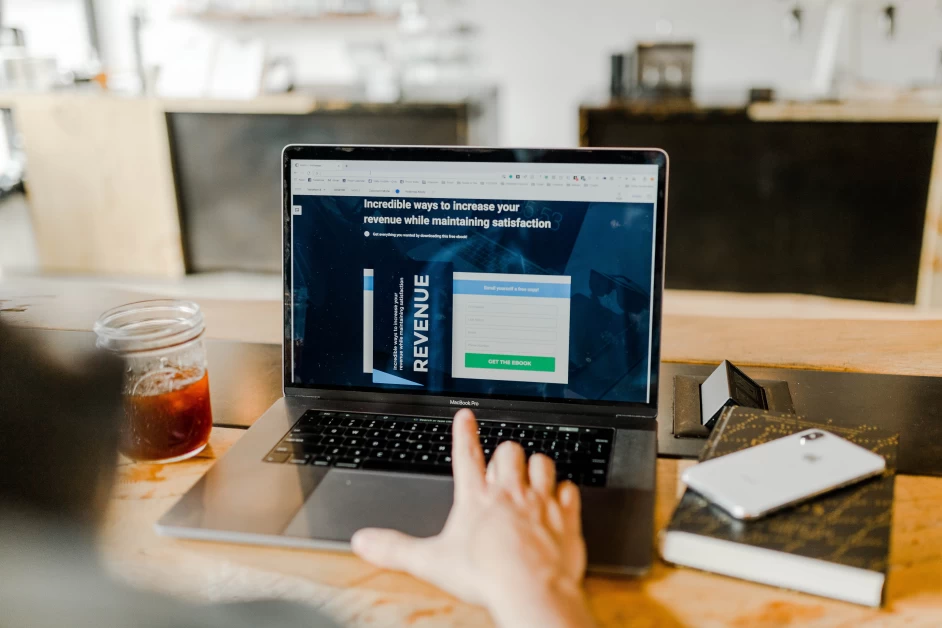Table of Contents
Introduction
No matter what type of business you have, attracting customers is essential to your success. However, all potential customers go through a similar process of asking questions and taking steps to determine whether or not they will buy from you. This process can be visualized using a sales funnel, which represents your customer’s journey. A sales funnel can help train your sales team and provide valuable insights into your product and sales experience from the customer’s perspective. In this article, we will explore how to create a sales funnel that effectively guides your customers towards making a purchase.
Understanding the AIDA Model
All sales funnels are composed of a series of steps that customers take as they move from being potential customers to qualified leads and eventually making a purchase. The AIDA model, first introduced by advertising advocate Elias St. Elmo Lewis in 1898, describes the four stages of a sales funnel: Awareness/Attention, Interest, Desire/Decision, and Action.
- Awareness: This is the stage where your targeted customers first learn about your product. It is important to raise awareness and grab their attention through effective marketing strategies such as online ads, content marketing, cold calls, and emails.
- Interest: Once customers become aware of your product, the next stage is to generate their interest. You need to provide them with compelling information and demonstrations to make them consider your product over others.
- Desire: When customers start showing a preference or desire for your product, they have reached the desire stage. This is where you need to nurture their interest and convince them that your product is the best choice for their needs.
- Action: The final stage of the sales funnel is action, where customers either start a trial or make a purchase. This is the moment of decision when they take the final step towards becoming your customer.
The Basic Structure of a Sales Funnel
A sales funnel typically consists of three main levels: the top, middle, and bottom. Each level can be further divided into sublevels to provide a more detailed understanding of the customer’s journey.
Top of the Funnel
The top of the funnel is the widest section and represents the awareness stage. At this point, your goal is to make potential customers aware of your product or service. You can achieve this by conducting research on your target audience and using various marketing strategies such as online ads, content marketing, cold calls, and emails. The top section also includes the interest stage, where you begin pursuing leads that have shown some contact or interaction with your brand but are not yet considering your product as something they want. This can be done through product demonstrations, service proposals, and nurturing leads through follow-up phone calls and targeted marketing.
Middle of the Funnel
The middle of the funnel represents the decision stage. This is where your prospective customer starts considering your product or service and needs to make the final decision to purchase. Depending on your business, this stage may be a quick process or require further pursuit of leads for larger sales. During this stage, you may send proposals or quotes, negotiate terms, and provide additional information to help your prospect make an informed decision.
Bottom of the Funnel
The bottom of the funnel is the action stage, where you finally close the deal with your new customer. This is the moment of decision-making for your prospective customers, and it’s crucial to prove your value and build trust to differentiate yourself from competitors. The specific actions taken at this stage may vary depending on how your product is delivered. Whether it’s a single product or service or a subscription platform, onboarding and payment transactions typically occur at this stage. Some funnels may also have additional stages after the purchase to create customer loyalty and encourage repeat business. This stage focuses on maintaining customer satisfaction and building long-lasting relationships with your customers.
Free Sales Funnel Template
To visualize the steps involved in your specific sales process, you can provide your team with a customized sales funnel template. This template will help your team understand the specific actions they need to take to close their deals successfully. To get started, you can download our free sales funnel template and customize it according to your needs.
Download Free Sales Funnel Template
Conclusion
Creating a sales funnel is essential for guiding potential customers through the journey towards making a purchase. By understanding the AIDA model and the basic structure of a sales funnel, you can effectively attract and convert leads into customers. Use the provided free sales funnel template to visualize and optimize your sales process, ensuring that each team member knows their role in closing deals. With a well-designed sales funnel, you can increase your chances of success and build long-lasting relationships with your customers.
